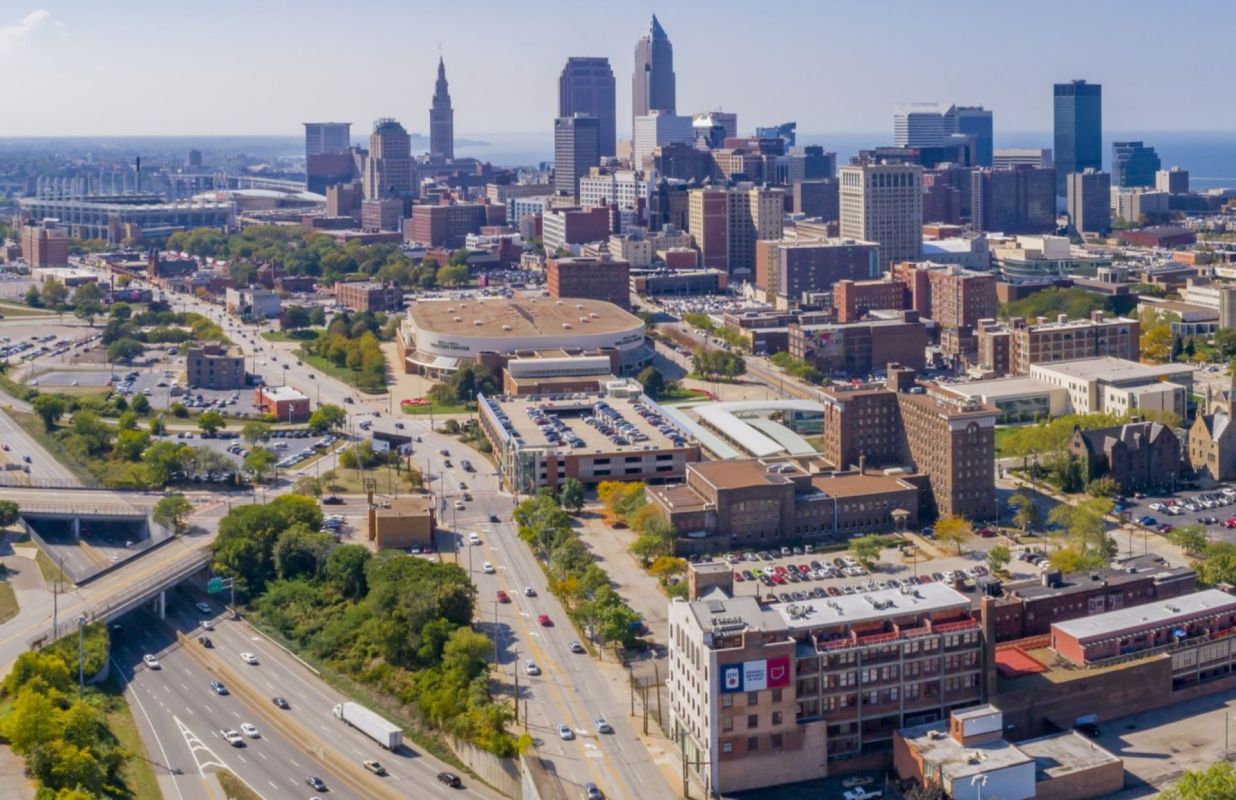Cleveland, known for its stunning tree canopy, is rapidly losing one of its most important assets: the trees themselves.
New initiatives are underway to reintroduce a greater number of trees to "Forest City," focusing on addressing both climate resilience and environmental justice concerns, as Inside Climate News reported.
What's happening?
The lands around Ohio's second-biggest city have been associated with trees at least since French traveler Alexis de Tocqueville reportedly called the shores of Lake Erie a "primeval forest" in the first half of the 19th century.
Unfortunately, the city's abundance of trees has been dwindling in recent decades.
"Our trees in the county are facing a lot of risks, from development to plain old age," Kristen Hall, executive director for the Cuyahoga Soil & Water Conservation District, told Inside Climate News.
Disease and pests have also been killing off trees, and as our planet continues to overheat due to our reliance on dirty energy sources like coal, gas, and oil, more invasive species may find it easier to move into the area and feast on the trees, according to Inside Climate News.
Why is it important to save Cleveland's trees?
There are multiple benefits to having trees in urban areas. For one, they provide shade and keep temperatures relatively cool, which is especially important in our warming world. Trees also remove planet-warming gases from our atmosphere and store carbon.
According to The Nature Conservancy, "Smarter management of trees, plants, and soil in the U.S. alone could store the equivalent carbon of taking 57 million cars off the road."
Then, there are the mental health benefits of greenery. A study by The Nature Conservancy showed that time in nature, like a stroll through a forest or tree-laden park, correlates with a drop in conditions such as anxiety and depression.
What's being done to save Cleveland's trees?
Cleveland is looking to update its Climate Action Plan by maintaining and restoring the city's trees.
The 2020 progress report outlined a target of achieving up to a 30% tree canopy by 2040, which entails yearly planting and the establishment of over 26,000 trees, along with the preservation of existing ones.
However, the challenge also involves making sure these efforts align with the principles of environmental justice.
"This is all about how do we lift up Black and brown communities so that they can truly achieve the economic opportunities that they deserve," said Cleveland mayor Justin Bibb.
For him, this includes "making sure we truly can become the Forest City once again by planting more trees across our city," he told Inside Climate News.
Join our free newsletter for cool news and cool tips that make it easy to help yourself while helping the planet.









